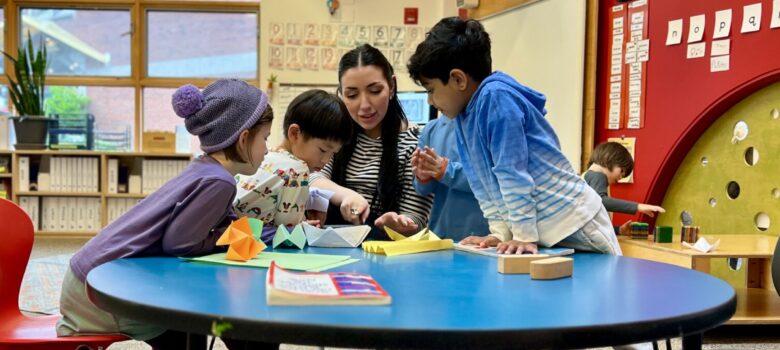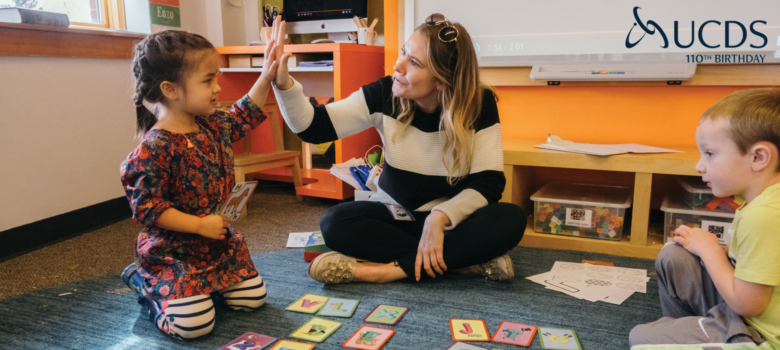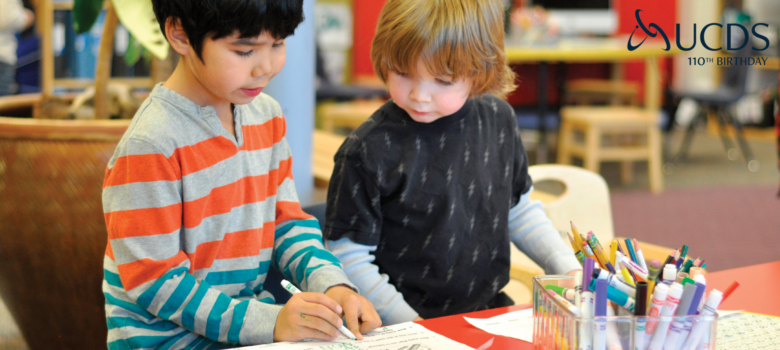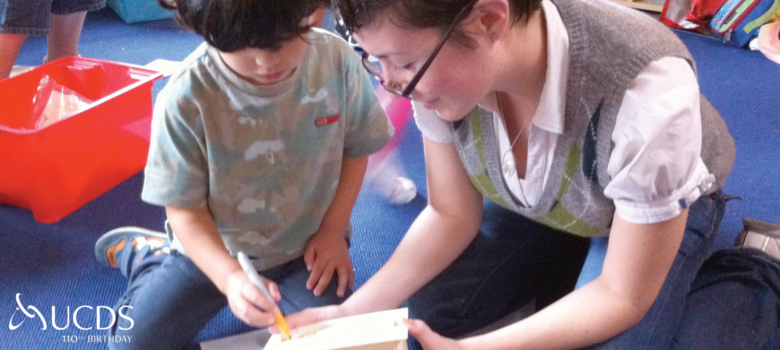3-4 Grade Teacher Kat Wyly returns with further exposition on information literacy for her classes. -Ed.
________
Unfortunately, since the 2016 election has wrapped there has been a rise in questionable media content that that has popularly been titled “fake news.” With this surge of “fake news,” there is much discussion about whether readers can discern if news is reliable and about how to identify any deceptive reports. Since even adults are often misinterpreting what they read, educators are investing time and effort into developing curricula for students to prepare them for interacting with media sources. There are a variety of resources out there that aim to tackle this issue through both individual exercises and online lessons.
Research from the Stanford History Education Group at Stanford University recently documented the difficulty that students have in identifying whether news reports are credible. Through prototyping assessments and then changing them based on feedback from actual students, Stanford’s curriculum is responsive to the specific misunderstandings that they observed as students interacted with media sources derived from entities like Facebook and Twitter. For middle school, high school, and college students, they have developed a series of age appropriate lessons that aim to guide students through criteria that can help identify accurate news. Through clueing students into the deceptive nature of advertisements disguised as news and the importance of locating any preexisting bias of an author of an article, students are expanding their toolbox for news literacy. This curriculum provides example from popular websites, such as Slate, so students encounter realistic depictions of what is out there online. It also guides students to reliable sources that they can use to cross reference disputable information.
The News Literacy Project, a nonprofit that supplies students with the tools they need to identify facts and engage responsibly with information, has also developed an innovative platform for media education. Their online instruction happens through Checkology, a virtual classroom. Since a majority of children and teens access information online, it only seems fitting that instruction on a computer would be especially beneficial. Students engage with video lessons and commentary from journalists and news anchors – the people who are charged with relaying credible information to the public. Just like many of the other digital programs that teachers are more commonly turning to, such as typing or math facts programs, teachers can monitor the progress of their class.
These and other programs are being created in response to what is happening in our world. There is a need for news literacy and training in determining fact from fiction. Right now most education is targeted towards high school and college students, but younger students are more frequently interacting with digital platforms these days than even a few years ago. That leaves us to think about how can we responsibly apply these strategies to educate younger children in discerning credible information in relatable and accessible ways.
Resources to check out:
https://sheg.stanford.edu/upload/V3LessonPlans/Executive%20Summary%2011.21.16.pdf




